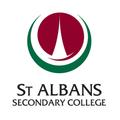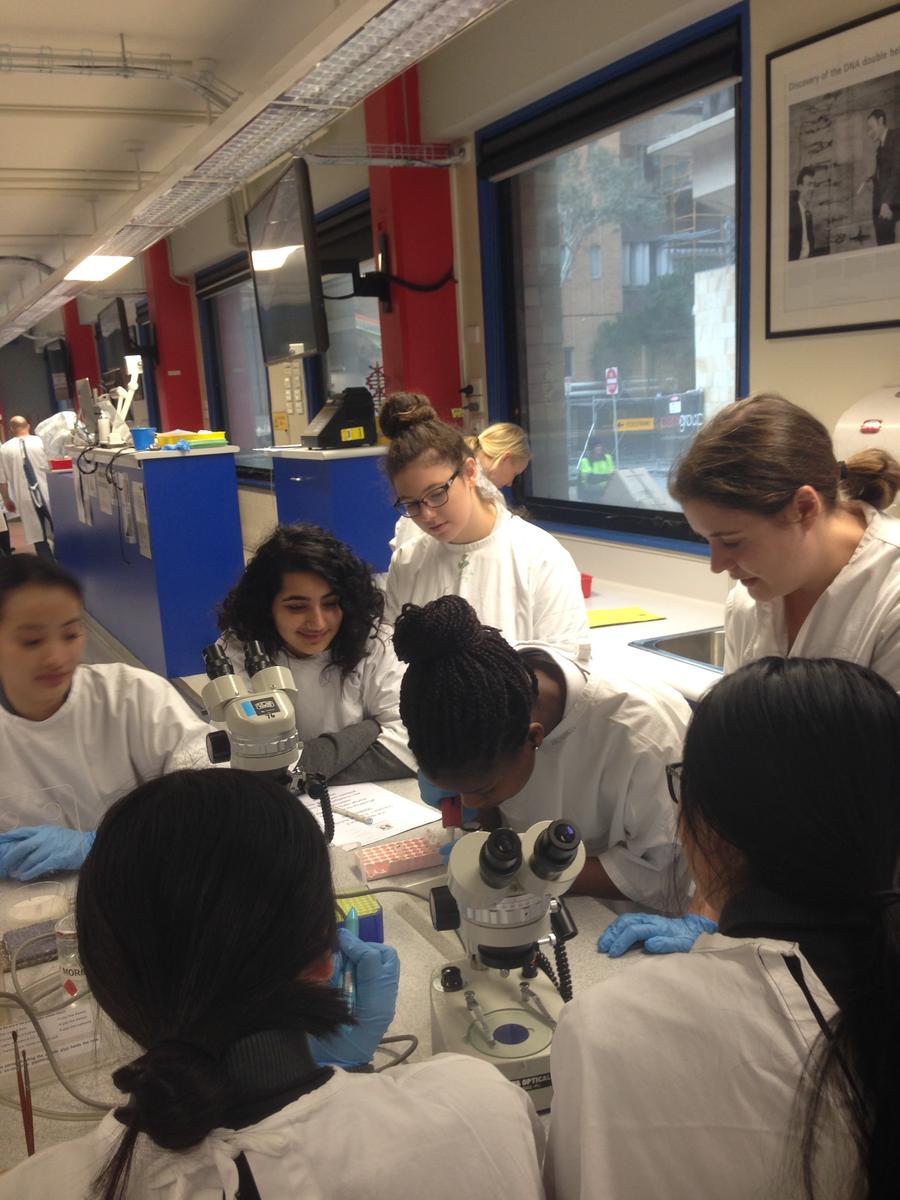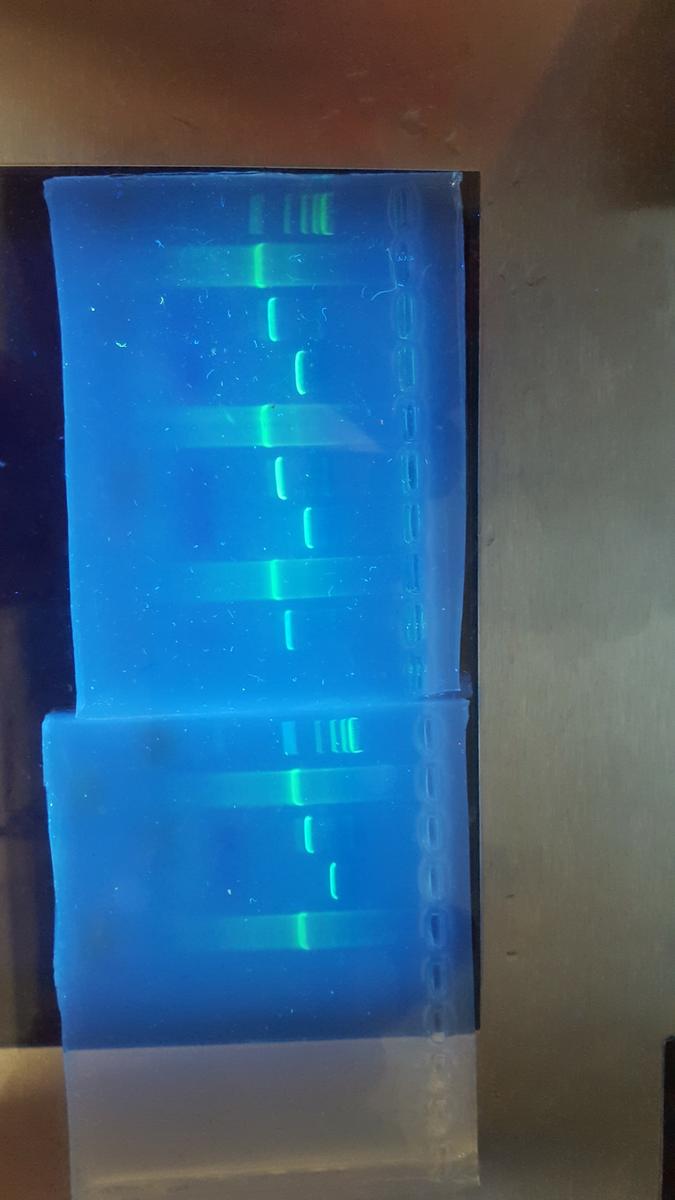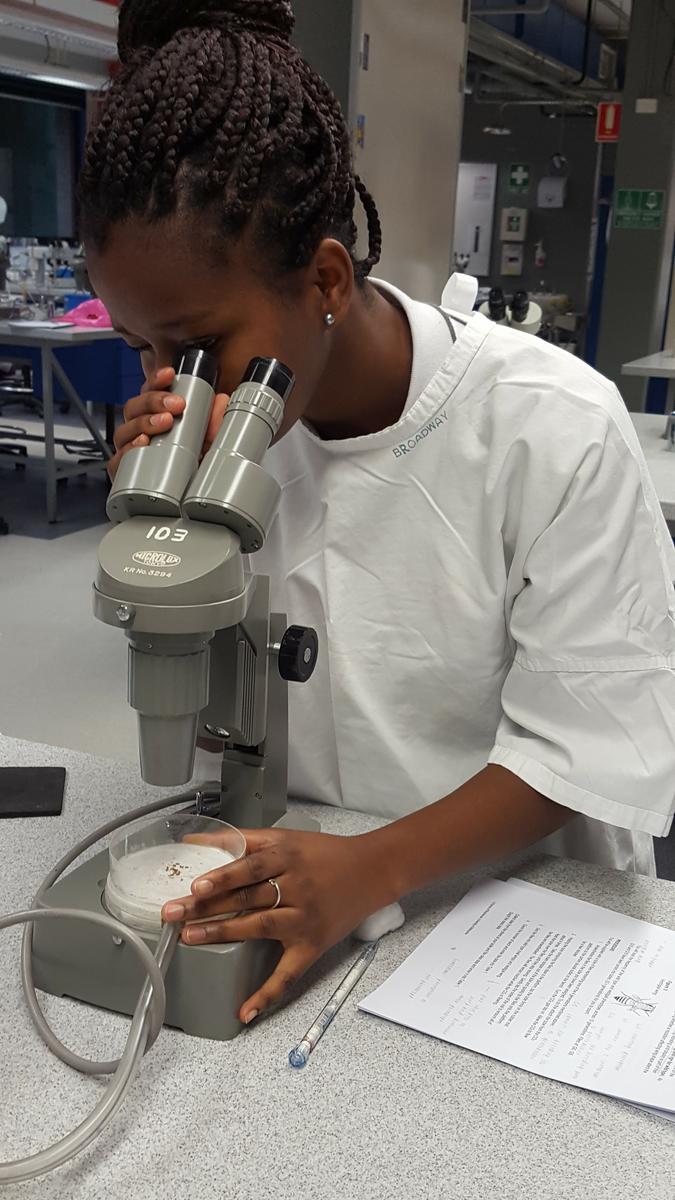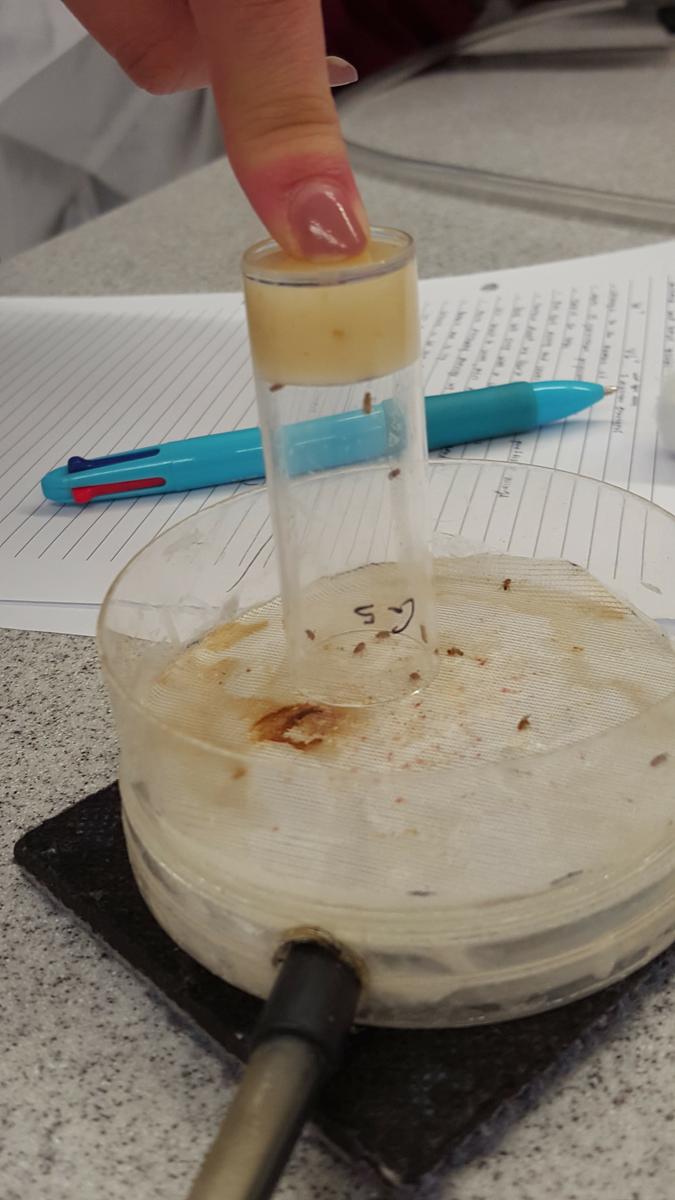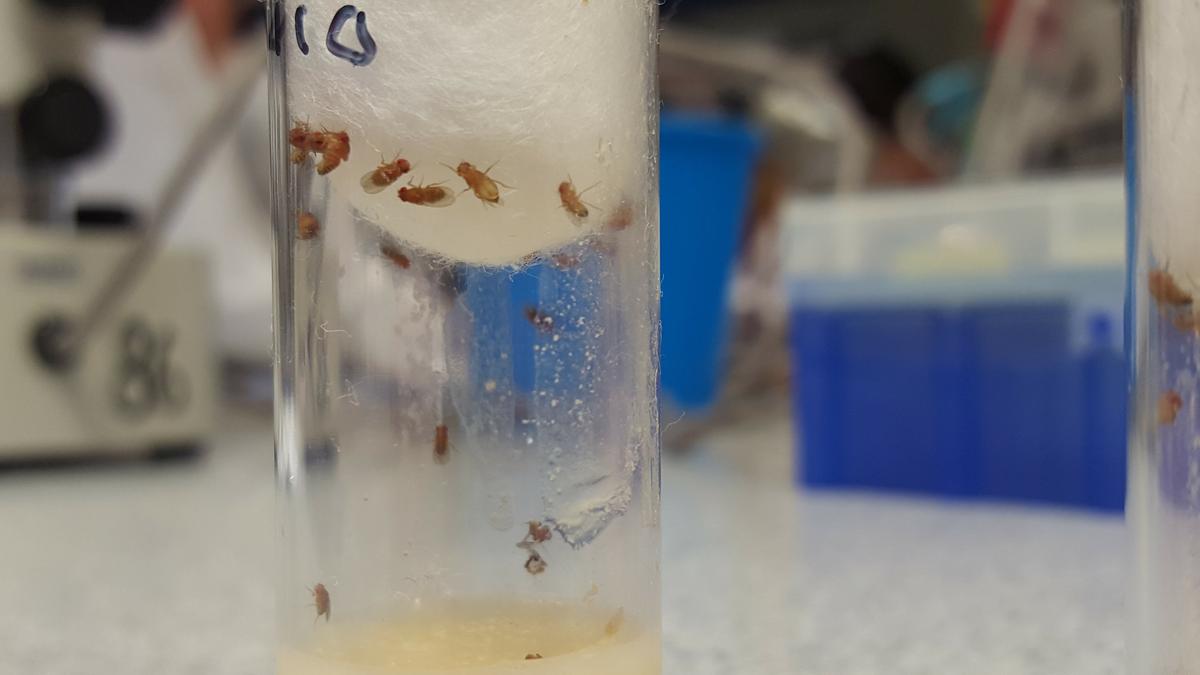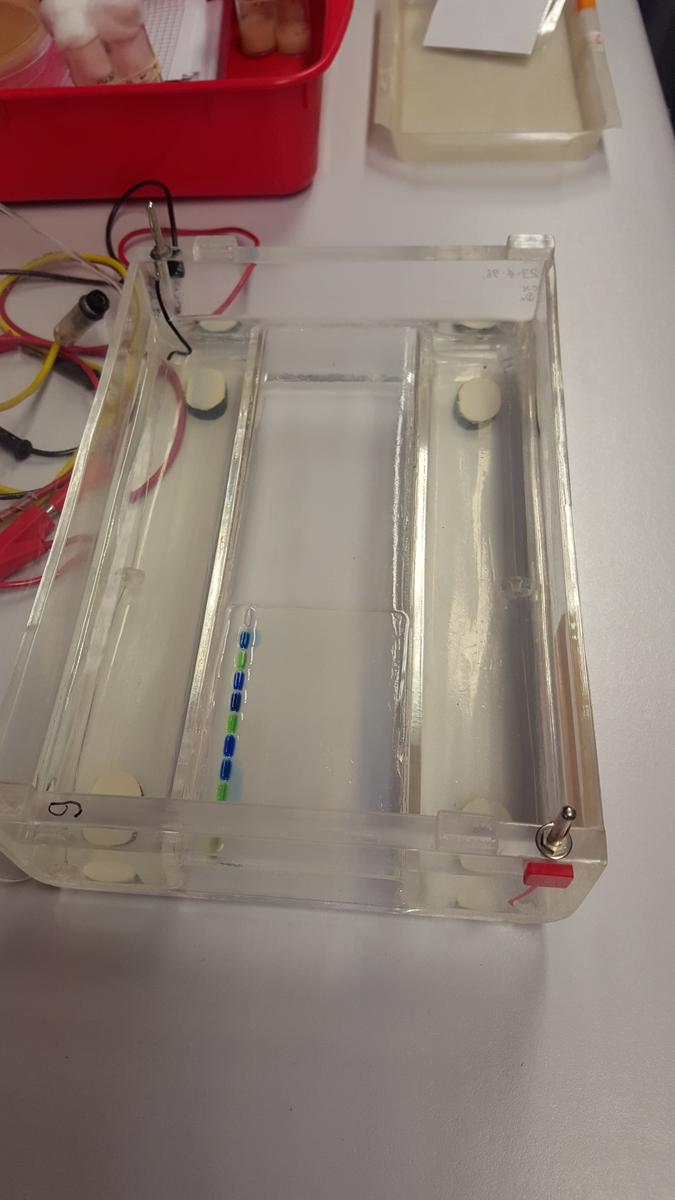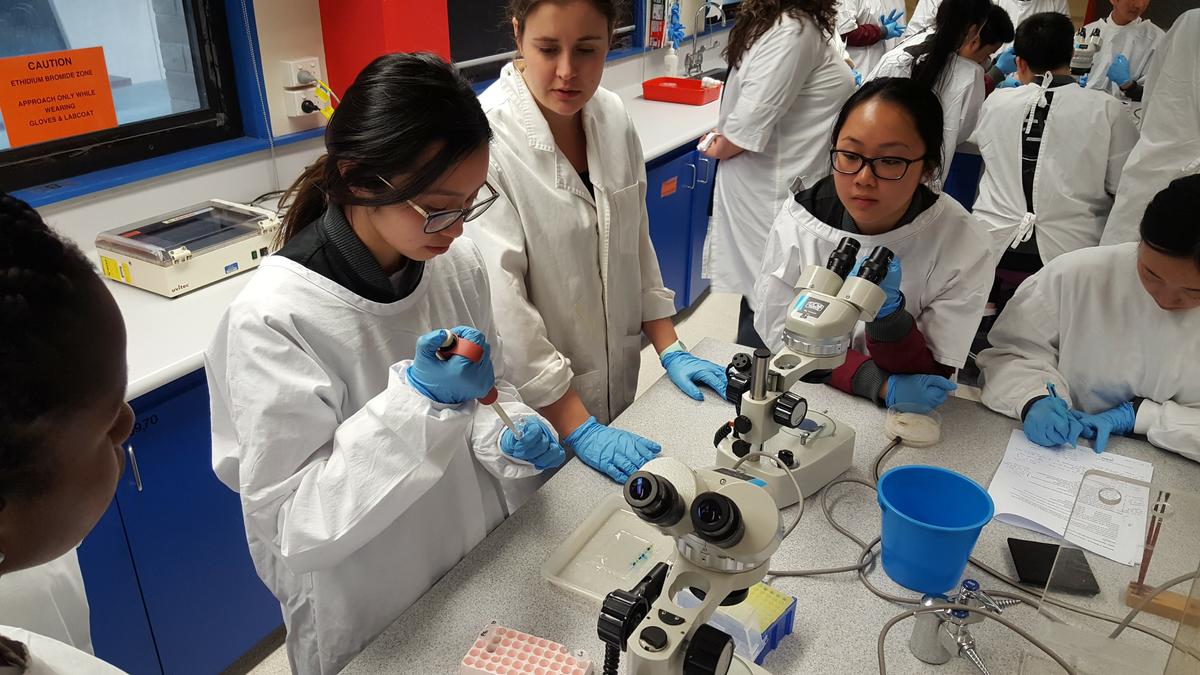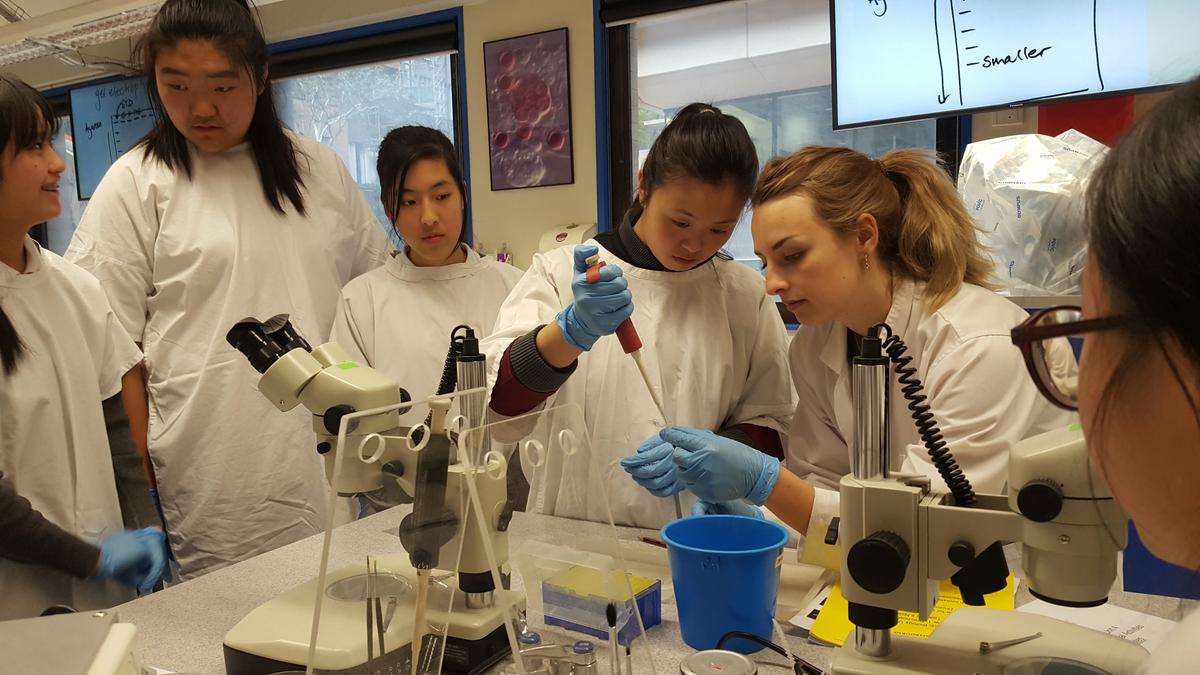VCE Biology Genetics workshop
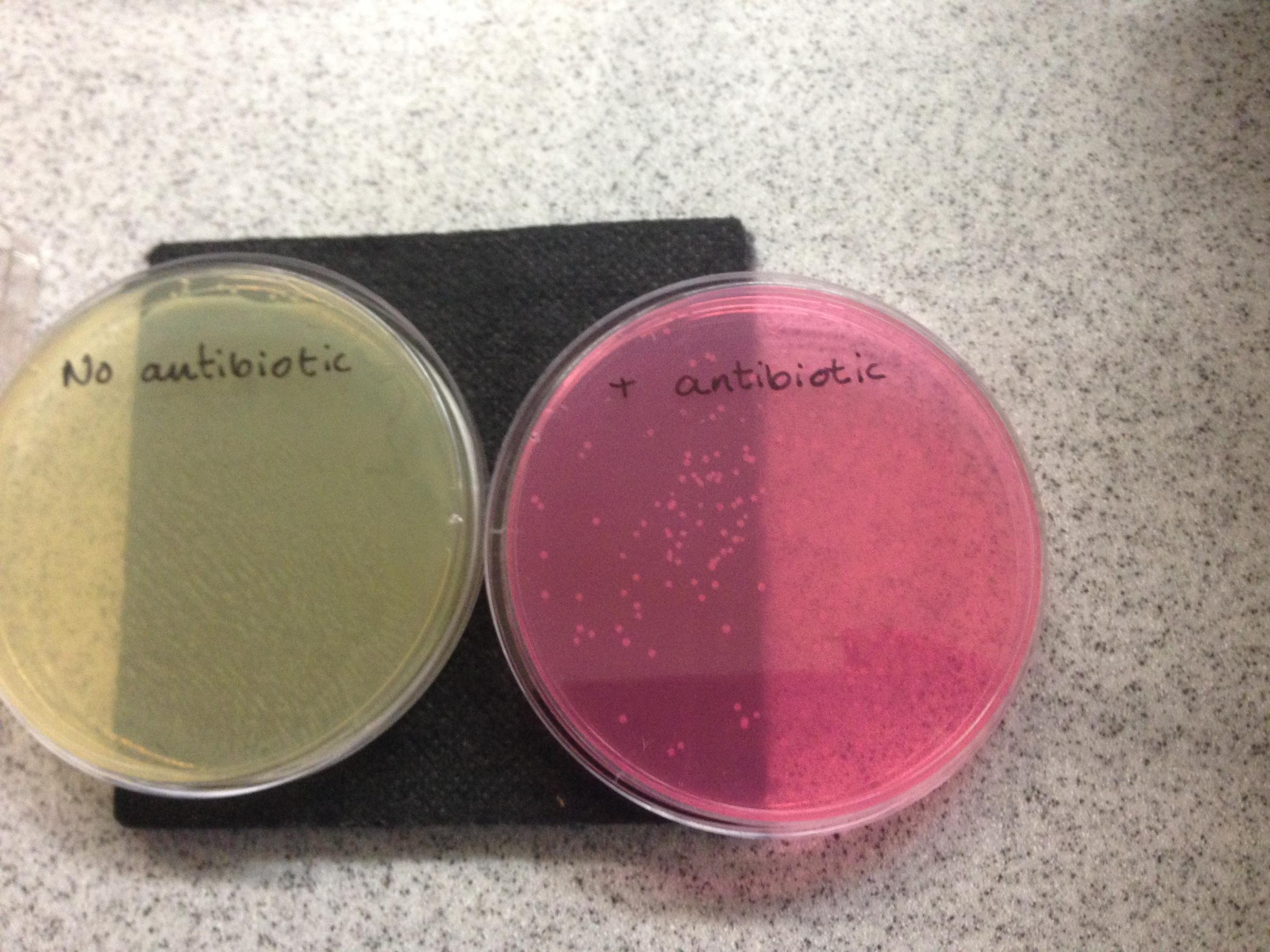
During the second week of school holidays, 54 Year 12 VCE Biology students and their 3 teachers: Mr Goldbaum, Ms Hanley and Ms Lambropoulos braved overcast grey skies and braced the winter chill to attend a VCE Genetics workshop at the University of Melbourne in Parkville.
Once students arrived they were quickly ushered into the Mendel Laboratory of the School of BioSciences where they donned white laboratory coats and gloves ready to carry out experimental work. Students performed two practical activities under the direction and guidance of head demonstrator, Associate Professor Dawn Gleeson. Each group of 10 students was further supported by a field demonstrator, who was either a 3rd year Genetics student or a PhD candidate. Teachers were also on hand to provide assistance.
The students used a variety of molecular techniques to determine whether the pre-prepared bacterial plasmids had successfully taken up a gene for antibiotic resistance, and where this had been successful, the effect of this on bacterial growth. The first activity required each student to use a micropipette to load DNA into a well on an agarose gel in order to separate and visualise the DNA fragments. Students had to view the gels under the UV light and then analyse the data from the electrophoresis run by measuring how far the DNA fragments had travelled. Students then had to analyse the gene expression of bacteria containing the recombinant plasmid. This activity was used to provide insight into how genes coding for resistance to an antibiotic are transferred between bacteria. It has been widely reported and documented that the overuse and misuse of antibiotics in humans and in animal feed has given rise to resistant populations of bacteria, (also known as ‘superbugs’) that may spread through the environment and into humans.
The second activity aimed to find for evidence of evolutionary change using the vinegar fly, Drosophila melanogaster. Drosophila flies are the species of choice in the lab as they are small, easy to handle, have a short generation time and produce a large number of offspring. Firstly, students had to anaesthetise the flies in the tube using CO2 gas. Once the unsuspecting flies had surrendered to a deep sleep, students had to use phenotypes to sort the flies into the wild type and vestigial type with the help of a dissecting microscope. At the end of the experiment, all flies were carefully disposed of in the ‘fly morgue’.
Both practical activities were specifically designed to address Outcomes 1 and 2 of Unit 4 and attendance by students was compulsory. The data collected on the day will form the basis of the School Assessed Coursework for Unit 4.
Excursions such as these allow concepts covered in class to ‘come alive’ and hence, are essential in delivering an engaging VCE Biology program. They are invaluable as they also provide our students opportunities to carry out experimental work in a university laboratory where they are each encouraged to use scientific equipment and materials that are not routinely available in a high school laboratory such as electrophoresis gels, micropipettes, DNA dye RedSafe, dissecting microscopes and CO2 gas on tap. In addition, they give students a taste of an authentic experience of practical sessions at a tertiary level. As teachers it was deeply satisfying to see our students actively participating in scientific endeavour- engaging in conversations with, and working alongside, university students and staff. We hope that experiences such as these further inspire and motivate our students to seek rewarding STEM careers in the future.
All in all a highly productive afternoon was enjoyed by all those attending.
Mr Goldbaum, Ms Hanley and Ms Lambropoulos.
Year 12 VCE Biology teachers
